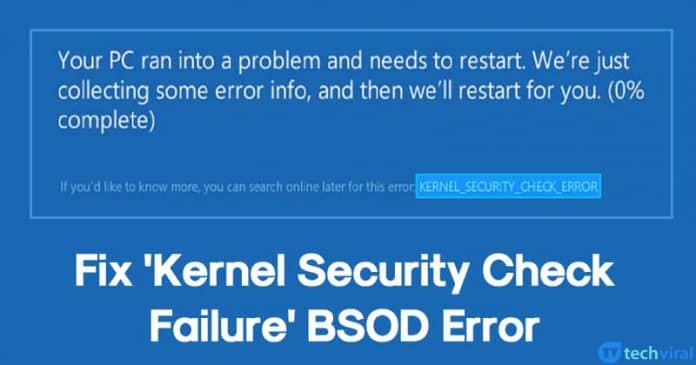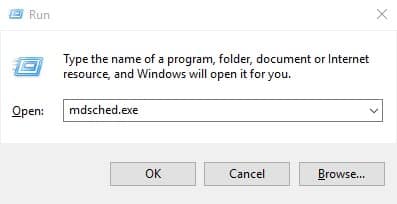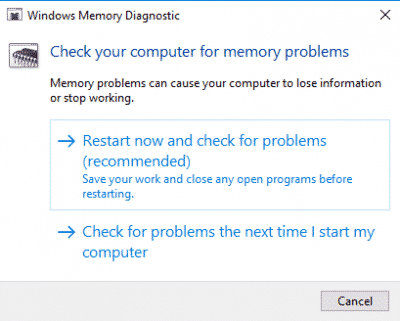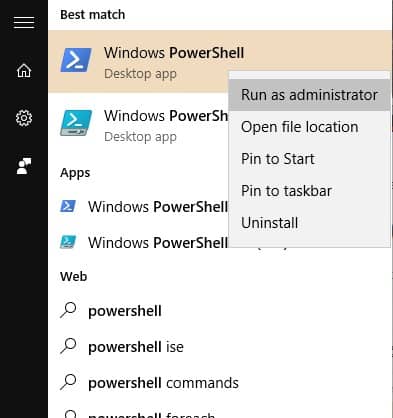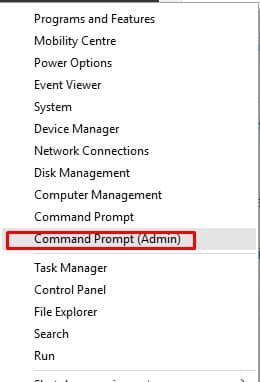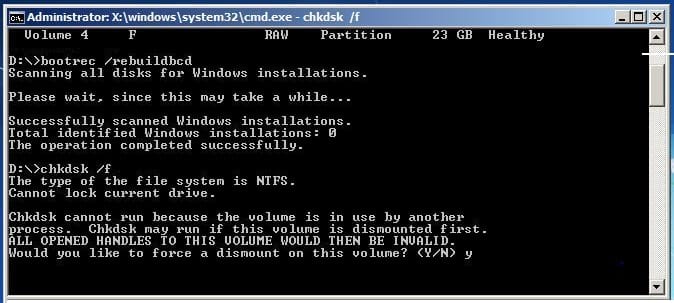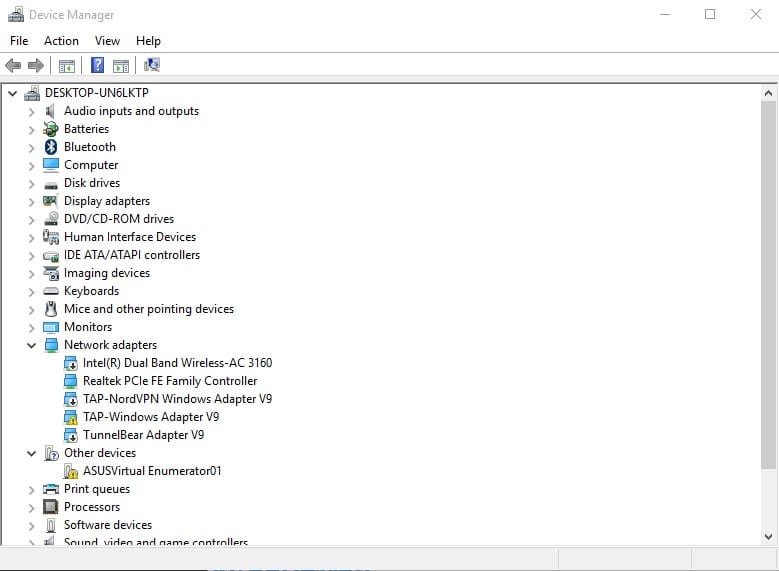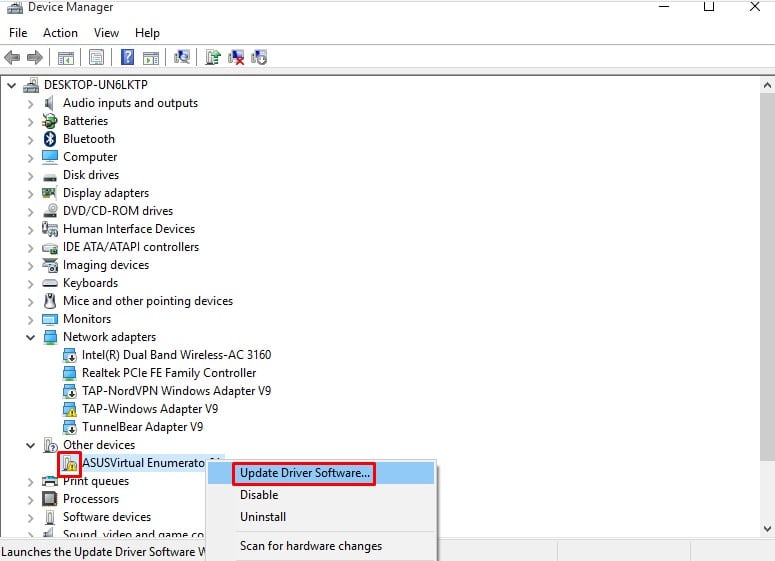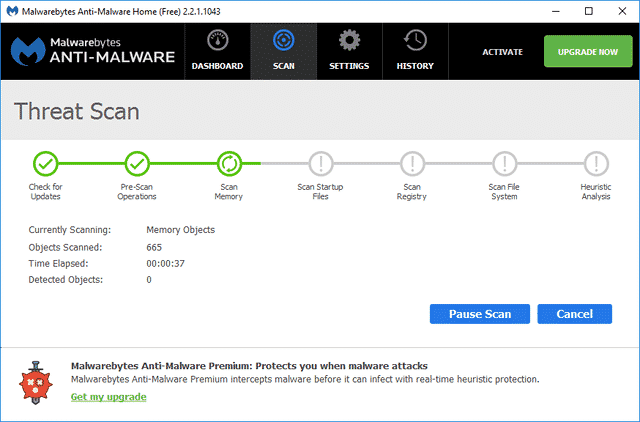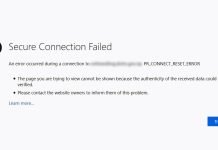BSOD error on Windows operating system appears all of a sudden, and it just turns off the computer without any prior notice. What’s worst is that users won’t even get a second chance to save their ongoing tasks. Just take a brief look at the Microsoft Forum, you will lot of Windows users complaining about BSOD errors. Until now, we have shared lots of tutorials to deal with different types of BSOD errors, and today we are going to discuss Kernel Security Check Failure or Kernel Security Check Error. Let me tell you the ‘Kernel Security Check Failure’ is one of the critical Windows 10 error that results in a BSOD.
How To Fix ‘Kernel Security Check Failure’ BSOD Error
There are various things that can trigger the ‘Kernel Security Check Error’ like Memory problems, outdated drivers, virus & malware, corrupted Windows files, hard disk errors, etc. So, here in this article, we are going to share some of the best methods to fix the Kernel Security Check Error message in Windows 10.
1. Windows Memory Diagnostic
Well, as we all know, the Kernel Security Check Failure BSOD error occurs due to memory problems. So, we need to use the Windows Memory Diagnostic tool to fix memory problems. So, here’s how you can use the built-in Windows Memory Diagnostic Tool to fix Kernel Security Check Failure BSOD. Step 1. First of all, press Windows key + R to open the Run Dialog Box. In the run dialog box, type in mdsched.exe and press Enter. Step 2. In the next step, click on the ‘Restart Now and check for problems’. Now Windows 10 will automatically restart and will check for the memory problem. If it finds any memory problem, then it will fix it automatically.
2. Fix Corrupted Windows Files
Sometimes, corrupted Windows files also trigger the ‘Kernel Security Check Failure’ error message. So, in this method, users need to scan and fix corrupted Windows files. Fixing corrupted files on Windows operating system is easy; users need to follow some of the simple steps listed below. Step 1. First of all, open the Search menu and type in ‘Powershell’. Right click on the Powershell from the list and select ‘Run as administrator’ Step 2. Now on the Powershell Window, enter the command ‘sfc /scannow’ That’s it, you are done! Now the command will scan and fix corrupted Windows files. Once done, restart your computer to fix the BSOD error.
3. Fix Hard Disk Error
Well, to deal with Hard Disk errors, Microsoft provides users a check disk utility. Check Disk Utility which is also known as chkdsk scans and fix hard disk errors. So, here we need to use the CHKDSK command to fix the ‘Kernel security check failure’ error message. Let’s check out how to use CHKDSK command on Windows 10. Step 1. First of all, right-click on the Windows icon and then select ‘Command Prompt (Admin)’ Step 2. On the Command Prompt, enter the command chkdsk /x and press enter. Make sure to change the ‘X’ with your Windows installation drive letter. Step 3. Now CMD will ask you to confirm the action. Simply, enter ‘Y’. That’s it, you are done! Once done, type in ‘exit’ and restart your computer. This will most probably fix the Kernel Security Check BSOD error from Windows 10.
4. Uninstall, Reinstall or Update Drivers
Well, the Kernel Security check failure problem also occurs due to outdated hardware drivers. It can even appear due to incompatible drivers. So, in this method, we need to uninstall, reinstall or update the hardware drivers to fix the Kernel Security check failure BSOD error. Step 1. First of all, open Device Manager on your Windows 10. You can right-click on the Windows 10 start menu and choose ‘Device Manager’ Step 2. Next, check for the components with an error symbol. Select the component which is likely to cause the problem and choose ‘Update Driver’ Step 3. If it doesn’t help, then you need to uninstall the device and restart the PC. After the restart, Windows will automatically install the required driver. That’s it! You are done. To update all drivers, you can check our article – How To Easily Update Drivers In your Windows PC
5. Scan Your Computer With Antivirus
Virus or malware could be another reason behind the ‘Kernel Security Check Failure’ BSOD. So, before you choose to format and reinstall Windows 10, make sure to scan your computer with powerful antivirus software. You can rely upon Malwarebytes or Kaspersky to scan your computer. If you are not able to complete the scan, then boot into the safe mode and perform a full system scan. That’s it, you are done! These are the four best methods to fix the ‘Kernel Security Check Failure’ error message. If you know any other method to fix the error message, let us know in the comment box below.
Δ
